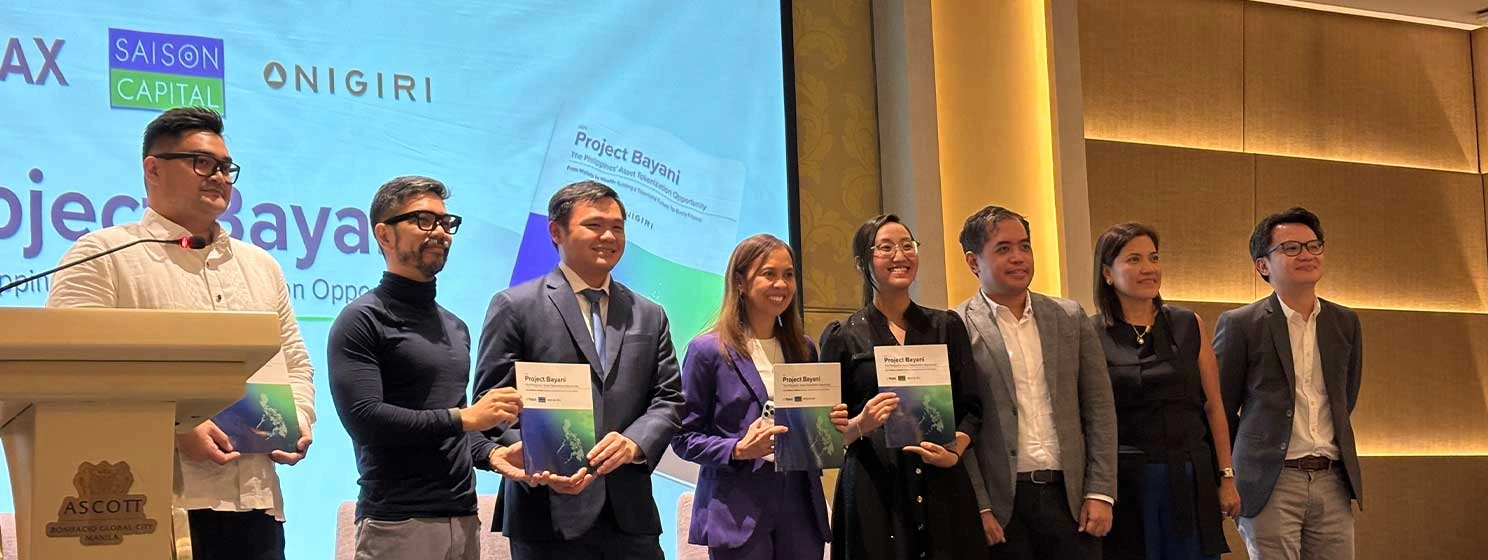|
Getting your Trinity Audio player ready...
|
This post is a guest contribution by George Siosi Samuels, managing director at Faiā. See how Faiā is committed to staying at the forefront of technological advancements here.
In 2016, I had the chance to help IRESS, a global fintech player, with their digital transformation efforts. At the time, they were drowning in email-centric workflows—slow, rigid, and out of step with where the world was heading. I pushed them to adopt Slack, shifting their internal comms to a chat-centric model. The result? Faster decision-making, happier teams, and a setup that let them match the speed their customers expected. When COVID-19 hit a few years later, that move paid off big-time—IRESS navigated the chaos better than their peers, thanks to a foundation built on real-time, conversational tech.
Fast forward to today, and I’m seeing that same pattern play out again—this time in the artificial intelligence (AI) and app design space. We’re in the middle of a seismic shift: rigid, form-based interfaces are giving way to fluid, chat-like ones. It’s not just a tweak in user interface (UI) design; it’s a cultural and practical rethink of how we interact with technology. And for enterprise professionals, this isn’t a trend to watch—it’s one to plan for now.
From forms to flow: The chat-like revolution
Think back to the early Internet. Search was much more “structured” —Yahoo! cataloged the web like a traditional library, forcing you into neat categories. Then Google (NASDAQ: GOOGL) came along, ditched the rigidity, and let you just say what you wanted. They cracked “search intent,” and it changed everything. We’re seeing the same leap now in app design. Tools like v0, Lovable.dev, and Bolt.new—platforms I’ve been tracking closely—are leading the way. These aren’t your grandpa’s form-based dev environments. You chat with them and describe what you need (“build me a login page with OAuth”), and they spit out working code from the front end to the back end.
It’s iterative, conversational, and fast.
Take my experience at IRESS as a microcosm. Back then, chat (via Slack) ended up replacing email’s clunky back-and-forth workflow with multiple, living threads. Now, AI-driven chat interfaces are doing the same to traditional UIs. Instead of clicking through menus or filling out fields, you’re talking to the system—describing, refining, building. It’s Google-level intent mastery but for app development (and more).
And it’s not just dev tools—customer service bots, productivity apps, and even creative suites are embracing this. Why? because it’s how people already think and work—messaging apps like WhatsApp and Slack have trained us to expect it.
Cultural dynamics: Why chat wins
So now we have a situation where it’s not just about the tech but also the culture driving the tech. We’re breaking away from the old, top-down rigidity of the industrial age—think assembly-line software design—toward something more human, more organic, and more fluid.
Chat-like interfaces feel personal, immediate, forgiving. They don’t demand you learn their language; they bend to yours. That’s why ChatGPT’s 2022 explosion was a tipping point—it showed the world you could “just talk” to AI and get results.No manuals, no training, just intent.
But there’s a flip side. This shift mirrors a broader cultural move toward impatience and informality. We want answers now
and don’t want to wade through bureaucracy—digital or otherwise—to get them. It’s why younger users roll their eyes at bloated UIs and enterprises clinging to legacy systems, which are starting to look like dinosaurs. There are clear generational differences in design and culture.
The Slack transition at IRESS (2016-2018) worked because it matched the cultural hunger (of their market) for speed and simplicity. Today, chat-like interfaces feed the same appetite, only with AI as the chef.
What’s next: 2025-2030 and the enterprise edge
So, where’s this headed over the next five years? By 2030, I predict chat-like interfaces will further dominate how we build and use applications—especially in enterprises. Here’s why.
First, AI is getting smarter at parsing intent, so these systems will only get better at translating vague requests into precise outputs. Tools like v0 and Lovable.dev are early drafts; imagine them in 2028, seamlessly blending chat with real-time previews, auto-debugging, and integrations that span your entire tech stack.
Second, the complexity of enterprise needs—think compliance, scalability, security—won’t vanish. Chat won’t replace all UI; it’ll complement it. Picture a hybrid: you chat to kickstart a project, then tweak it with a visual editor. The heavy lifting shifts to the AI, leaving humans to focus on strategy and creativity (“imagination”).
Third, as remote and hybrid works solidify (thanks, COVID-19), chat’s real-time, collaborative nature will cement its place as the glue holding distributed teams together.
For enterprise pros, this is a wake-up call. Seven to nine years ago, I helped IRESS pivot just before the world turned upside down. Those who plan ahead now—embracing chat-like design—will dodge the same bullets their competitors won’t see coming. Why? Because this trend is about resilience (not just efficiency).
When the next disruption hits (and it will), companies with fluid, adaptive systems will outpace the laggards stuck in form-based purgatory. IRESS thrived through COVID-19 because Slack let them pivot fast—imagine that edge with AI-powered chat driving your whole app ecosystem.
Plan now, win later
Here’s the kicker for enterprise leaders: start experimenting today. Test tools like Bolt.new or v0 in your next sprint. Train your teams to think conversationally, not just procedurally. Build flexibility into your roadmaps—because by 2030, customers and employees won’t just prefer chat-like (text or voice) interfaces, they’ll demand them.
The cultural tide’s already turned, and the tech’s catching up. Be the IRESS of your industry—ready when it counts.
In order for artificial intelligence (AI) to work right within the law and thrive in the face of growing challenges, it needs to integrate an enterprise blockchain system that ensures data input quality and ownership—allowing it to keep data safe while also guaranteeing the immutability of data. Check out CoinGeek’s coverage on this emerging tech to learn more why Enterprise blockchain will be the backbone of AI.
Watch: Transformative AI applications are coming

 12-20-2025
12-20-2025 




